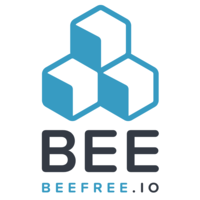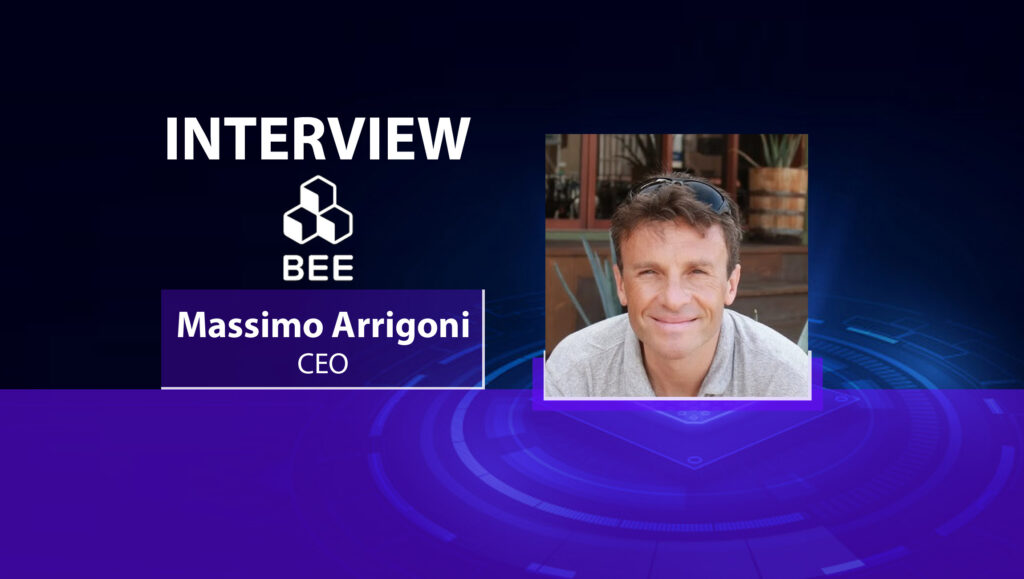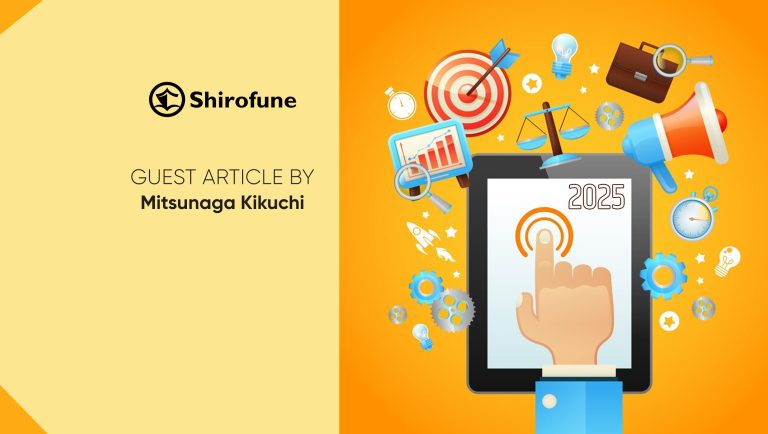Massimo Arrigoni, CEO at BEE discusses some evolving martech and marketing experience trends in this quick weekend Q&A:
_____
Welcome to this MarTech Series chat Massimo, tell us more about BEE and its journey so far, we’d love to hear more about your role as well!
BEE is a global SaaS company that has developed a visual builder for emails and landing pages, used online at beefree.io and embedded in hundreds of software applications (marketing platforms, CRMs, event management tools, fundraising platforms, … you name it!). Collectively, there were over 4.4 million sessions of our drag-n-drop editors in over 600 applications last month. Note that – although BEE may be a new name for most people – it’s one of those good stories that definitely did not happen overnight. We’ve been around since 2014, and what you see today is the result of years of customer feedback. We started with a simple idea for a drag-n-drop editor that would allow people to design emails quickly, easily, and with no friction. I’ve been here since the start and now lead a remote, geographically dispersed team of around 50 people, mostly located in the US and Italy. BEE is a business unit of Italy-based Growens, a marketing technology group, and there are three sister companies in the group that are heavy users of the product, so we’ve got some great internal feedback from them.
Marketing Technology News: MarTech Interview with Bosko Milekic, CTO and Co-Founder at Optable
Tell us about some of BEE’s most recent product enhancements and a few upcoming innovations that users can look forward to?
Many of us consume digital content on mobile devices. The need for a mobile-first approach towards content design is on the rise. One of the features we shipped earlier this year allows people to do just that: they can design emails and landing pages directly in “mobile view” (vs. having to stop, click on a preview, see how it looks on a mobile device, and go back to make changes). We call it Mobile Design Mode, and it’s truly a game-changer for anyone that needs to create mobile-first content: it saves you a ton of time.
Coming up is a new content type: you will be able to use BEE to design not just emails and landing pages, but also popups. A popup is often the attention-catcher that’s an integral part of many digital marketing campaigns. So people will be able to use BEE to build all the pieces of content they need: for example, take an event signup campaign. They will be able to design the popup that will pitch the event (on the company’s home page, for instance); the landing page that they will be taken to in order to sign up for the event; and the follow-up emails that will be sent afterwards.
What according to you are some of the top struggles of B2B marketing leaders when they work with their teams to create and distribute digital content?
We focus on one in particular: the fact that there are more people, in more roles (not just on the marketing team, but HR, sales, etc.) that need to create more digital content, more often, for all sorts of reasons. They need it now and they need to create it themselves: they can’t wait for an agency (external or internal in the organization) to give them what they need. That takes way too long. We focus on that core frustration. We call it democratizing design: giving more people the tools they need to get the “create digital content” job done. And in the universe of digital content, for now, we’ve focused on emails and landing pages.
Marketing Technology News: MarTech Interview with Brendan King, CEO of Vendasta
What are some top best practices of leaders in tech (those that have great digital content experiences) that you feel marketers need take a cue or two from?
Be helpful and be authentic. In tech, I’ve been a fan of Intercom. For example, they’ve produced a combination of blog articles, podcasts, and long-form content such as Intercom on Product Management, that are truly fantastic. I’m also an outdoor enthusiast, so let me mention a couple of non-tech examples: I love the digital campaigns that brands like Patagonia and REI come up with, just to name two brands that nail it, in my view. Content that is helpful and authentic resonates, builds relationships, and builds trust. I may not click, I may not read, I may not buy, however, I saw it and it made me feel aligned with the brand. I will engage at some point. The #OptOutside campaign that REI does for Black Friday, for example, is perfect in that way, in my view (and always beautiful from a digital design perspective).
As the martech ecosystem evolves, what are some core technical and analytical skills that marketers and advertisers of today and the near-future need to be honing to assess the success of their content and enhance the user experience?
With the digital exposure overload that we all experience, and with tighter privacy regulations rightfully becoming the norm, reaching new customers gets harder. There is research that shows that acquiring a new customer is 5 to 25 times more expensive than retaining an existing one. Developing real, lasting relationships with the customers that you do acquire becomes really critical. That means investing heavily in all the skills and metrics around customer retention. In fact, marketing professionals increasingly need to be more retention experts than acquisition gurus. When you apply that to digital content, it leads to more focus on content that is driven by a key question: how can I truly help my existing customers become more successful at using my product?
A few thoughts on the global martech market and top innovators in your view that are changing the game?
I like the product-led approach a lot: when you reduce to a minimum the distance between the value that you created, and those for which you created it, good things happen. If you do it right, the user experience is frictionless and you create trust, a positive feedback loop, and a foundation that you can build on. There are great success stories like Canva and Calendly that have built billion-dollar businesses based on this concept. At BEE, we use the same approach: to this day, when you come to beefree.io, you can click on “Start designing” and you’re in our design tool with literally 2 clicks, no questions asked, no signup, nothing. That customer relationship that we were talking about is key to long-term success and making sure things start on the right foot.
Some takeaways for marketing leaders and CEOs/CMOs to keep in mind through 2021?
I feel that when people go through really tough times – whether because of COVID-19 or social injustice – their tolerance for businesses that overpromise and underdeliver gets even thinner. Nobody wants to hear about some business being customer-first when most of the time reality is far from it. Circling back to something I mentioned earlier: it’s time to try and be as helpful and as authentic as we can. Nobody’s perfect and no business is perfect but there are always things we can do to grow in that direction. For example, our email design tool can be useful when designing fundraising emails. We give it away for free to help nonprofits meet their fundraising goals. There are hundreds of them using it. It’s a drop in the bucket, of course, but it’s part of that idea of trying to be genuinely helpful.
Marketing Technology News: MarTech Interview with Anu Shukla, Co-founder & Executive Chairwoman at Botco.ai
 BEE, is a business unit of Growens and a leading digital content design platform.
BEE, is a business unit of Growens and a leading digital content design platform.
Massimo Arrigoni is the CEO at BEE
What’s new in Revenue Generation and Marketing Ops? Catch more Insights by the Leaders from the latest episodes of The SalesStar Podcast!
























